The water heater must be cleaned regularly. Hard water negatively affects not only the device itself but also human health: the skin condition worsens. It also consumes twice as much detergent. How to understand that it’s time to clean water heater? Intensive operation is already an indication to think of cleaning. Also, pay attention to such signs:
- Prolonged heating of water. Increased power consumption.
- During operation, noise is heard (this is limescale that has settled on the bottom, creating friction against the tank).
- The liquid turned yellowish with an unpleasant odor.
- The walls of the boiler overheat (the surrounding equipment, walls may heat up).
- Hissing is heard during heating.
- The boiler turns on and off by itself.
Contents
- How Often Do I Need to Clean the Water Heater Tank From Limescale?
- How to Drain Aqua From a Boiler
- How to Flush a Water Heater?
- Conserve extra electrical energy by decreasing the temperature level
- Examine the anode pole inside the tank before the winter season
- Inspect the anode pole inside the container prior to wintertime
- Watch on the plug
- Change the plastic inlet as well as electrical outlet pipes with steel ones
How Often Do I Need to Clean the Water Heater Tank From Limescale?
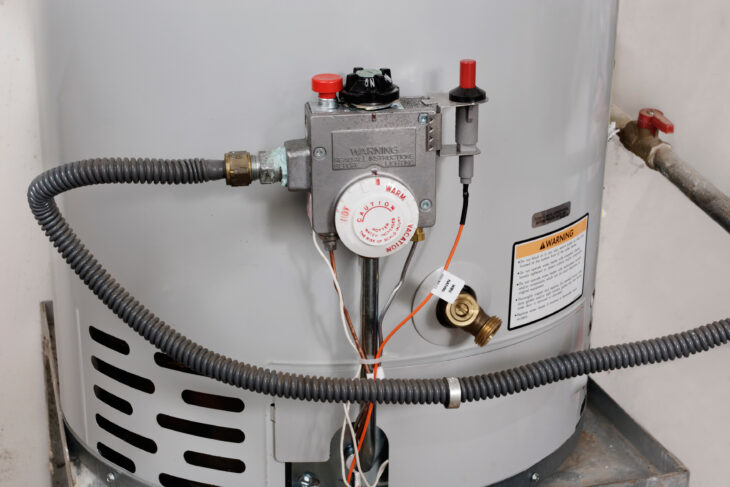
Source: directenergy
Several factors determine the frequency of the boiler’s inevitable flushing: If you have aqua with increased hardness (with a lot of impurities), clean the equipment every 6-9 months. If aqua is with impurities’ normal content, then it is enough to perform the procedure every 2-2.5 years. The white plaque will help determine the hardness of the fluid. If it often appears on your faucet and mixer, if detergents do not use foam well – this indicates a high content of lime. More accurately, to check the concentration is possible using individual devices. With constant use of the temperature regime above 60 degrees, more frequent cleaning is required. Consider finding a contractor at Contractorfinder Bradford White to flush the water heater and be sure for 100% that the job will be performed well. Before proceeding to flush the water heater, it is inevitable to drain it.
How to Drain Aqua From a Boiler
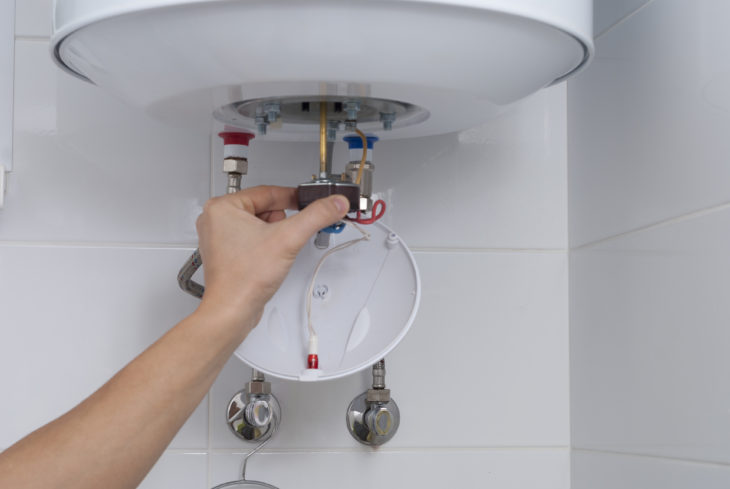
Source: Home Guides – SFGate
The procedure for draining the aqua from the boiler is approximately the same for gas and electric kinds of appliances. The obvious difference is that it is necessary to shut off the gas in the first case and in the second – electricity before the actual process of draining the water. Before to proceed to flush the water heater, do the following:
- Wait some time for the water to cool. It is unacceptable to work with hot water! This may result in injury to someone who is trying to clean the water heater.
- Shut off the water supply to the boiler.
- Next, open a valve for the hot water to exit. This can be done on the consumer valve. For example, in the bathroom. It would be best if you were patient, waiting until all the liquid has spilled from the tank. When the water spills out, the tap is not closed. This is necessary to ensure the supply of air into the device.
- Do the same with cold aqua.
Think of finding a contractor not to be worried about the result of this work.
How to Flush a Water Heater?
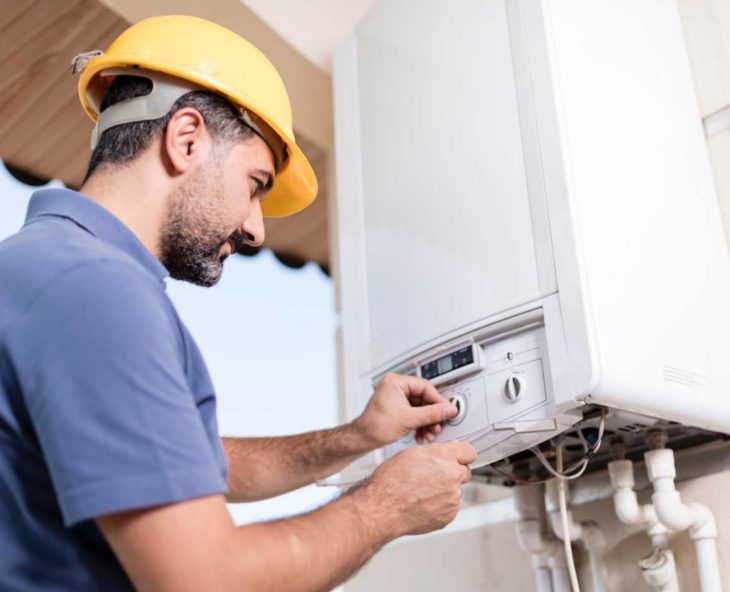
Source: Npower
Now the cleaning phase has come. So, how to clean the water heater?
- The very first thing to do is to connect the drain hose to the boiler tank. Before turning on the tap, make sure that the other end of the hose is facing out or that you have a container on hand where water will drain.
- Flush the tank turning on the valve, which supplies cold water to it. Coldwater will enter the boiler, but since the drainage hose is connected to it, it will flow into the container you prepared. It can be anything. The easiest way is to take a bucket. It is necessary to run the liquid into the water heater until the aqua flowing from it is sufficiently clean.
- It should be noted that this activity may take you some time, so make sure that you are not late or devote enough time to cleaning your water heater. If you have no time to do this, take care to find a specialist by finding a contractor. A specialist will perform this work efficiently and as quickly as possible.
- Continue washing the boiler inside exactly until the moment when no trace of limescale is visible in your bucket, that is, it should not be present at all.
- Once you are satisfied with the cleanliness of the fluid in your water heater, turn off the cold aqua, turn the valve and disconnect the drain hose, close the outlet.
- Open the access of cold aqua to the boiler, simultaneously unscrew the faucet supplying hot aqua. This will allow the accumulated air to exit the system.
- Connect the water heater to the power supply or open gas access by turning the valve.
Conserve extra electrical energy by decreasing the temperature level
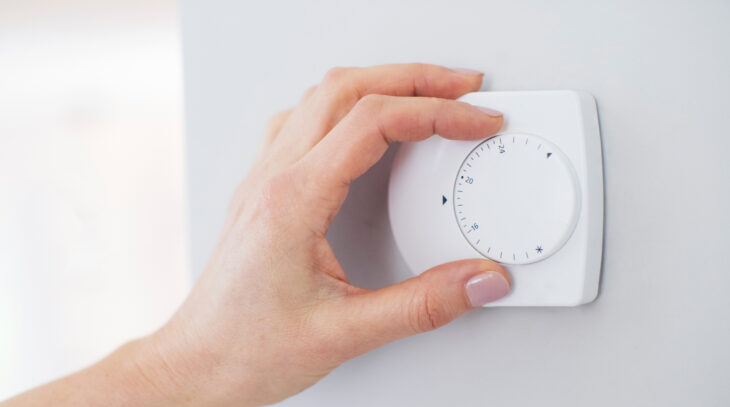
Source: energysavingtrust
Water heater maintenance is very important as you will conserve electrical energy also! , if you make use of a lower temperature setup as the aqua will get to that temperature level faster. The lowered temperature means the geyser will need to work much less as well as this will boost its life. Additionally, having cozy aqua as opposed to really warm water in the tap will lower opportunities for any unintentional burns. Lowering the thermostat is particularly crucial for families with small children. Hot aqua heater upkeep is thus extremely critical to ensure you never lack hot water during winters months.
Examine the anode pole inside the tank before the winter season
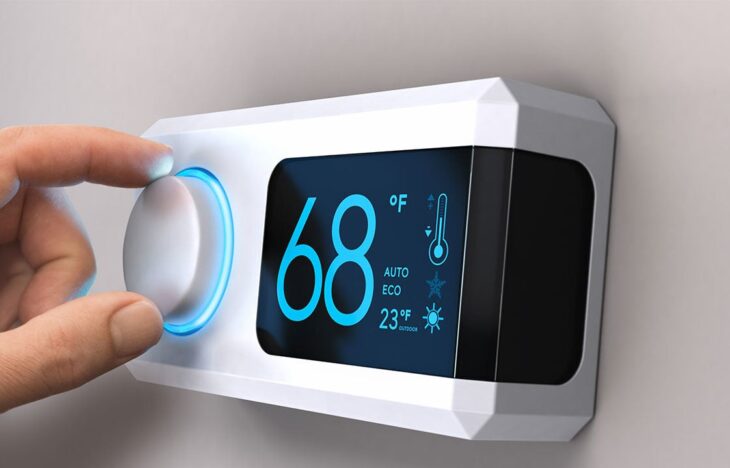
Source: bankrate
More massive geysers have an anti-corrosion anode pole inside the container. This rod attracts corrosion and various other contaminations existing in the water, thus stopping the container from getting rusted or rusted. However, because of this, it itself rusts away every couple of years.
Inspect the anode pole inside the container prior to wintertime
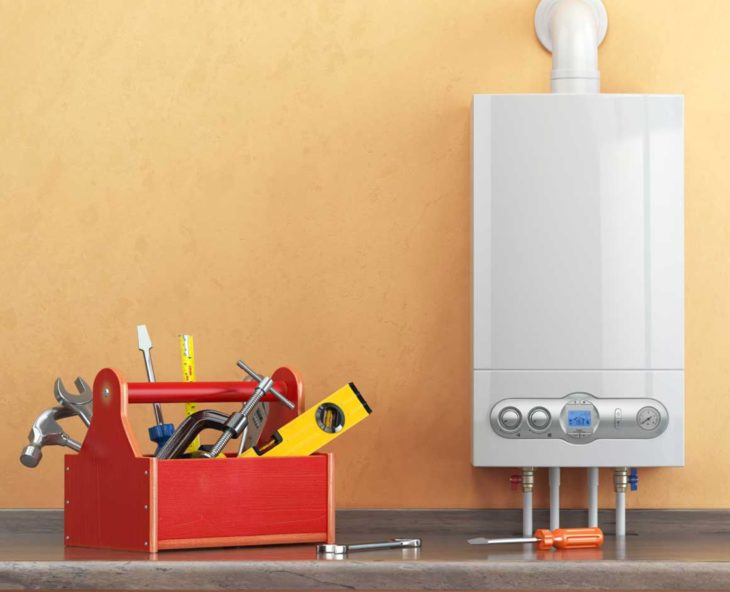
Source: Npower
Professionals suggest that you check the anode rod every 3 years to see if the outer layer of magnesium has rusted away and also 6 inches or more of the inner steel core is visible. The rod requires to be replaced if that is the situation. The rod additionally has to be replaced if it is coated with whitish calcium sediments (occurs when the water is tough) or its density has minimized considerably to below half an inch.
Watch on the plug
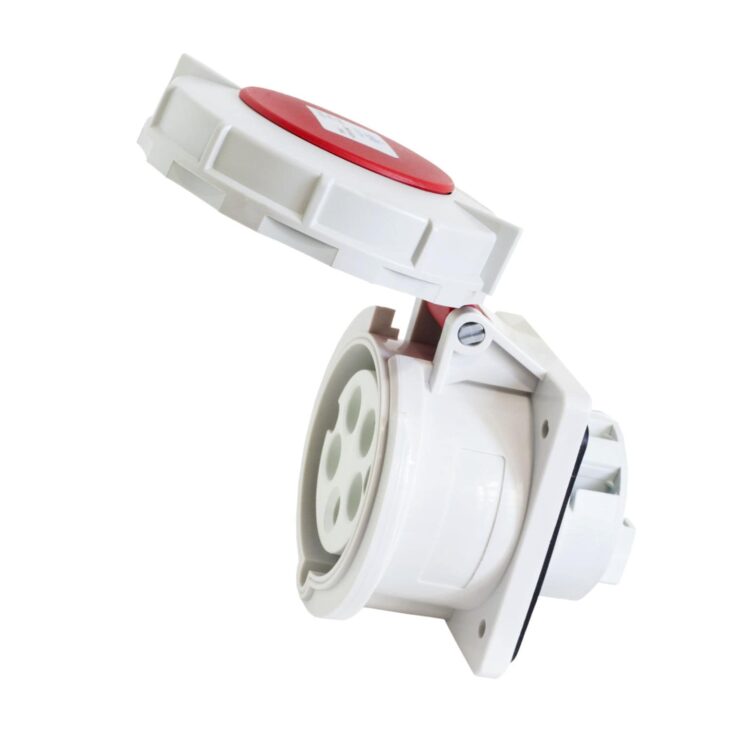
Source: directindustry
Power fluctuations and making use of reduced ability circuitry for the power socket suggests your switch will make a trigger from time to time. You will also notice shed marks on your plug’s pins as the greater electrical power wattage will certainly heat the plug as well as the pins and also leave melt traces.
To avoid any future electrical short circuit from this, it is always much better to use plugs and sockets that are brand-new and have been appropriately wired and plugged in. Likewise, attempt to utilize an MCB button rather than a normal one as MCBs are much better created than common plugs as well as will stop any kind of short-circuit from happening. When you require it and change it off quickly after you are done, the 3rd point you can do is to switch over on the hot spring just.
Change the plastic inlet as well as electrical outlet pipes with steel ones
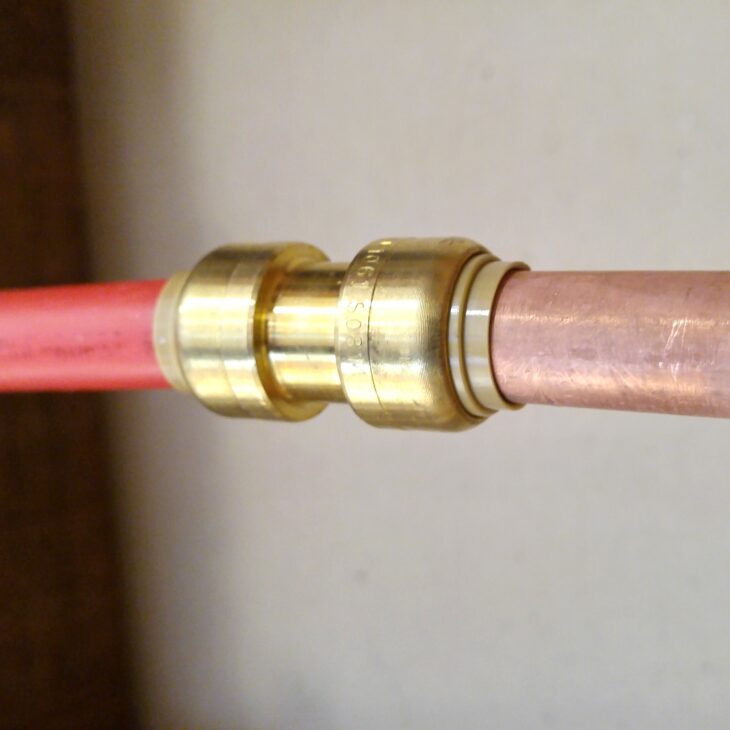
Source: thespruce
It is always far better to utilize steel inlet and outlet pipelines considering that they are extra resistant to heat than the standard plastic ones you get with a geyser. Likewise, keep in mind to inspect the joints frequently. If you see creamy colored down payments from hard aqua or corrosion around the joints, it is time to change the inlet or electrical outlet pipe.
That’s all, and you made it! Now, you have to wait until the liquid heats up, and you can use your boiler in a normal mode. If the procedure described above seems to be too difficult for you, consider finding a contractor.
